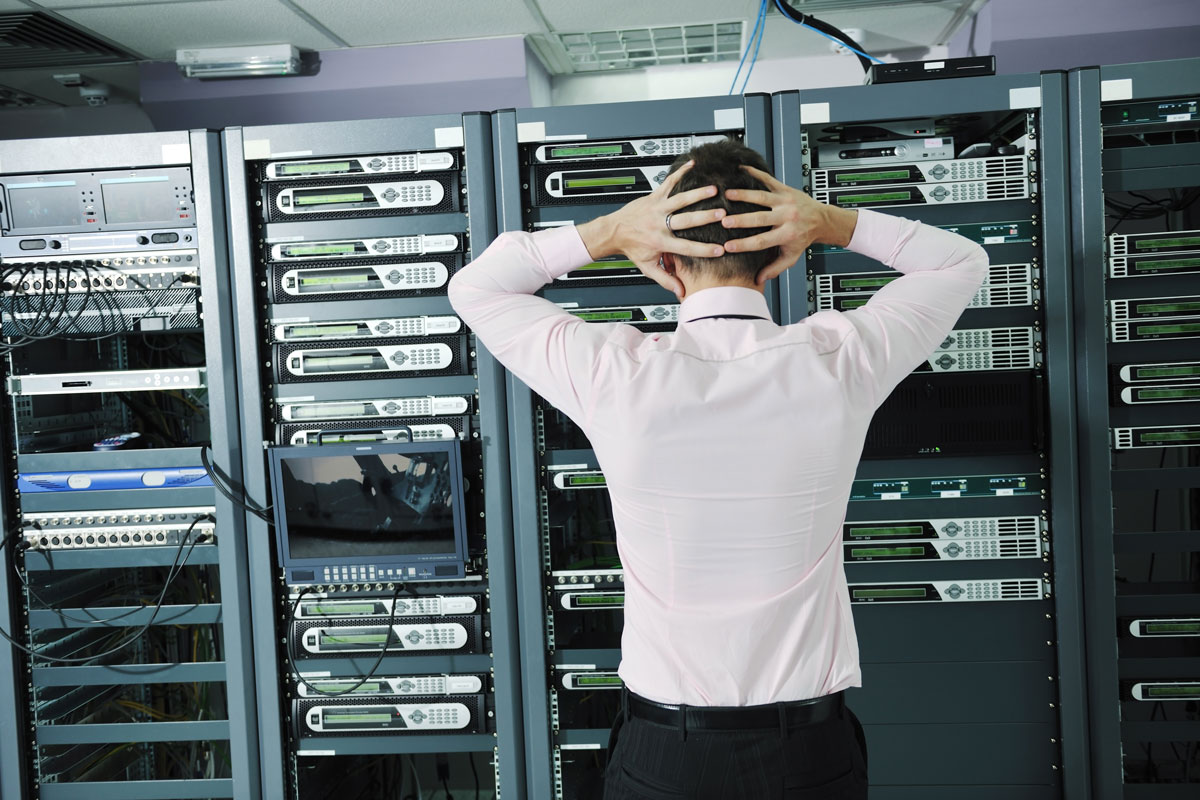Backup Disaster Recovery (BDR) is an indispensable necessity for every business, offering a safety net in the event of catastrophic incidents. Whether facing the wrath of a natural disaster like a tornado, grappling with the consequences of hardware failure, or being targeted by malicious hackers, any of these scenarios has the potential to inflict irreversible damage on your business if you lack preparation or a well-structured backup strategy. For those who may still be relying on the outdated practice of manually backing up data onto tapes or, even worse, neglecting backup practices altogether, it’s imperative to understand why implementing a BDR solution is crucial. Ignoring potential disasters is no longer a viable option.
Data Loss is More Likely
To start, it’s essential to recognize that data disasters are far more prevalent than one might assume. Presently, a staggering 58% of small to medium-sized businesses (SMBs) find themselves ill-equipped to cope with data loss. What’s even more alarming is the grim statistic that indicates 60% of SMBs, upon experiencing data loss, face the ominous prospect of permanent closure within a mere six months. This is a sobering fact, especially when considering that a significant 29% of hard drive failures are attributed to inadvertent accidents. It would be unwise to allow human error or a simple mishap to potentially jeopardize the existence of your company.
While your security protocols and your employees’ proficiency in avoiding threats like malware are commendable achievements, it’s essential to acknowledge that your defenses may still have gaps. The significant culprit here is human error, a formidable adversary when it comes to data loss. These errors can take various forms, ranging from unintentional deletions to accidental data overwrites, all of which can pack a powerful punch. Human error can also lead to other forms of hardware damage, such as liquid spills or inadvertent reformatting. These scenarios are not only entirely possible but have also been unfortunate realities for many small to medium-sized businesses (SMBs) in the past.
While there may be instances where recovery is feasible through the software platform you were using, relying on your computer’s innate capabilities to salvage the situation is a risky proposition. Even if you are fortunate enough to recover some of the lost data, it remains a time-consuming and costly endeavor, which can drain both time and financial resources.
The Human Factor
Viruses and malware pose significant threats, potentially causing damage to both software and hardware, depending on the nature of the infiltrating bug. Fortunately, these risks can often be mitigated through comprehensive employee training and the implementation of a robust firewall system designed to filter out malicious attacks. However, lurking in the shadows of cybersecurity is another formidable threat known as social engineering—the art of manipulation and deception.
In this context, hackers have been known to infiltrate sensitive areas of businesses, such as server rooms and data-centric spaces. Shockingly, employees may unwittingly aid these malicious actors, often realizing their mistake only when it’s too late. It’s akin to the “HVAC guy” who turns out to be a hacker in disguise.
In some cases, software corruption may be attributable to unidentified viruses lurking within your computer systems. However, more often than not, such corruption results from improper usage. Instances include failing to shut down the computer properly or neglecting to close unsaved documents. In some unfortunate cases, even a sudden power outage can trigger software corruption. Once the integrity of software processes is compromised and disrupted, the chances of recovering data stored within that software become virtually impossible.
Were you aware that a staggering 140,000 hard drives succumb to failure each week? With such a significant number, it becomes a matter of “when” rather than “if” this will happen to you. Finding yourself in this situation without a backup plan is far from ideal. Unfortunately, hard drive corruption predominantly arises from mechanical issues, including factors such as aging and the accumulation of dust. Many of us have experienced this with our trusty old laptops, which, despite being on their last legs, soldier on—freezing frequently, loading webpages at a snail’s pace, and doubling as miniature heaters for our laps or desks. All of these telltale signs are ominous harbingers of an impending crash. While you might not give it much thought when it’s an aging hand-me-down laptop from the ’90s, the stakes become considerably higher when it’s your valuable equipment housing critical product data and client information.
Natural Disasters
Lastly, there are the uncontrollable acts of nature, often referred to as “acts of God.” Natural disasters can strike without warning, and despite your best efforts, you may not always be fully prepared. Even if you hear the tornado siren wailing, attempting to back up your servers to tape may take longer than the tornado itself takes to reach your business premises. In such cases, what recourse do you have? That backup tape may end up buried amidst the debris, rendered useless. While this scenario may seem extreme, it has tragically unfolded in real-life situations for some businesses. It also serves as a poignant metaphor for any unexpected crash or disaster within your business.
This underscores the importance of recognizing that on-site Backup Disaster Recovery (BDR) solutions may not always provide the ultimate safeguard for your business. It’s prudent to consider off-site or cloud-based data storage as an additional layer of protection, ensuring that your data remains secure even if your physical equipment falls victim to destruction.
Prioritize the protection and continuity of your business operations to maintain a smooth and successful trajectory. Backup Disaster Recovery options cater to various types of small and medium-sized businesses (SMBs) and their unique needs. Waiting until a catastrophic event occurs is not the wisest course of action. Instead, take proactive steps to safeguard your critical data and relish the peace of mind that accompanies such precautions. After all, you’ve invested considerable effort in building your business to its current stature—now, it’s time to safeguard the fruits of your labor.








 by
by